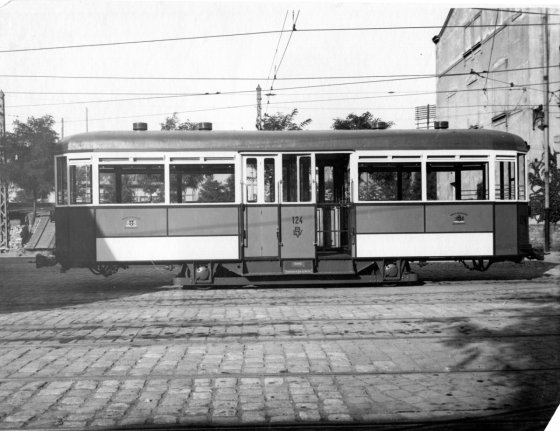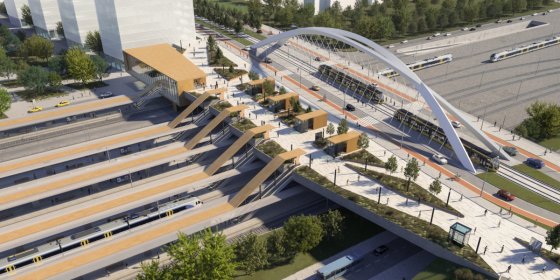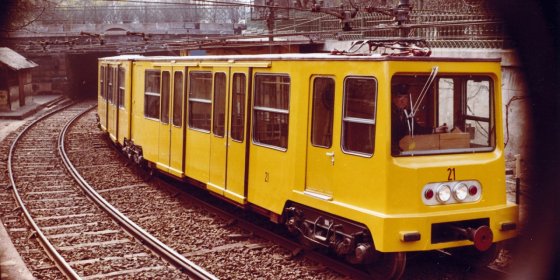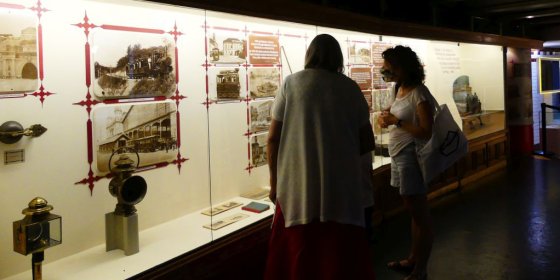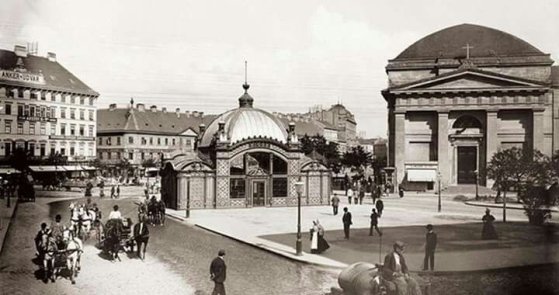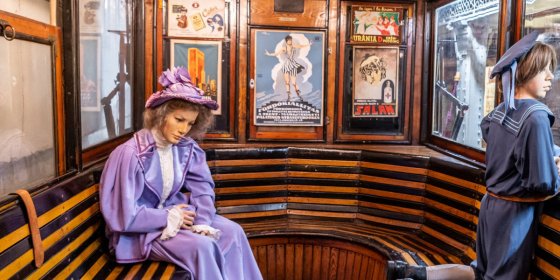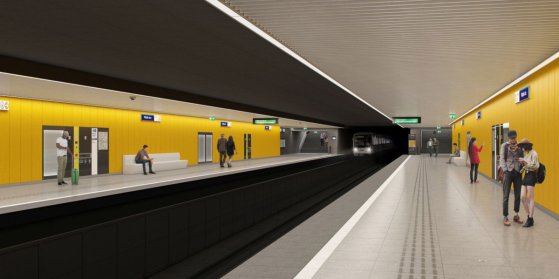 The „intertwined history” of the bridges and the city of Budapest
Which ideas and events have shaped the fate of bridges of Budapest and the cityscape? Alongside many other interesting facts, this question is also answered this newly published book by the Budapest City Archives, which introduces the history of bridges in Budapest.
The „intertwined history” of the bridges and the city of Budapest
Which ideas and events have shaped the fate of bridges of Budapest and the cityscape? Alongside many other interesting facts, this question is also answered this newly published book by the Budapest City Archives, which introduces the history of bridges in Budapest.
underground
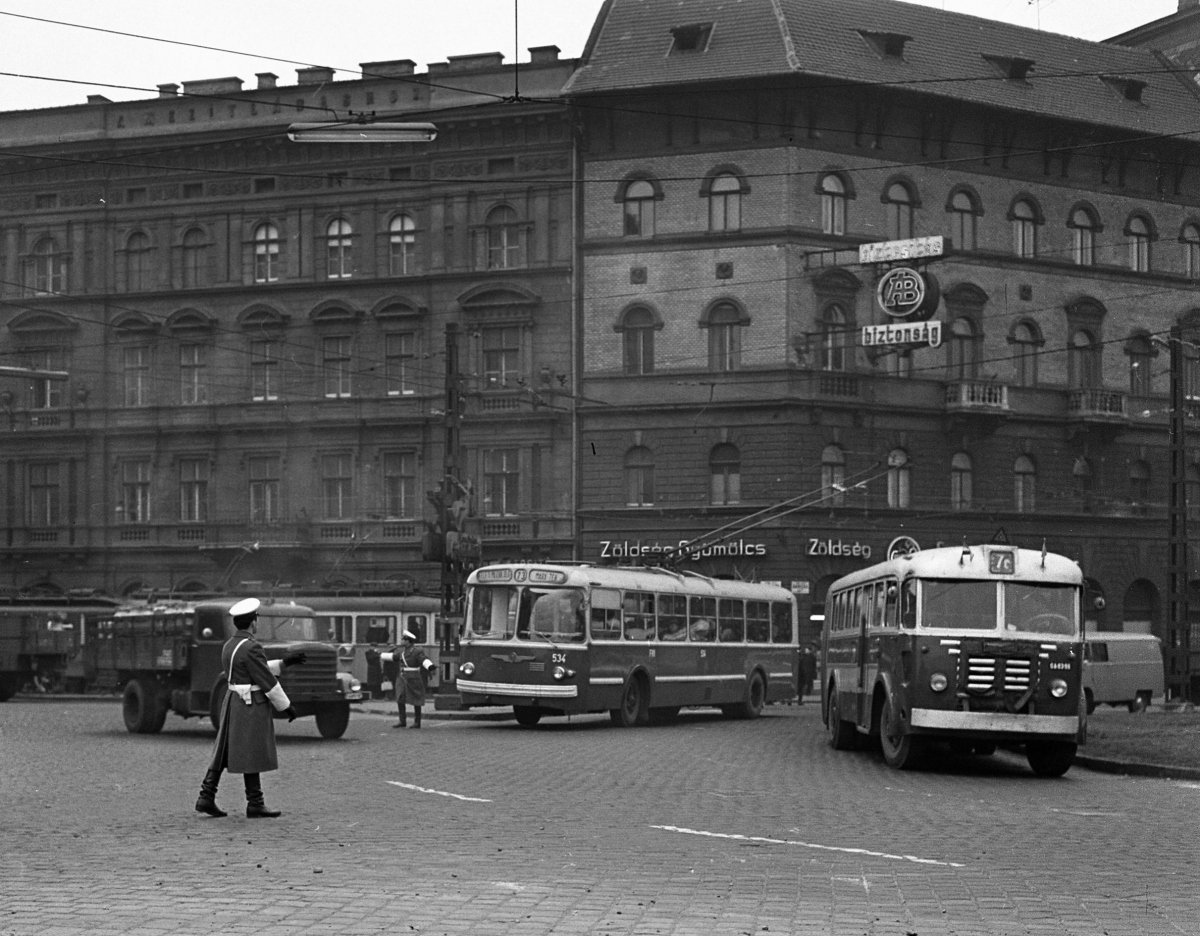 BKV was established 55 years ago - There was a ticket inspector on all vehicles and one could travel cheaply
BKV was established 55 years ago - There was a ticket inspector on all vehicles and one could travel cheaply
January 4, 2023 at 11:00 AM
On 1 January 1968, Budapest Transport Company took over the capital's public transport from three other companies. Until then, Budapest's trams, buses, suburban railways and other means of transport were operated by three independent companies, the Metropolitan Electric Railway Municipal Company, the Metropolitan Bus Municipal Company, and the Metropolitan Suburban Railway Municipal Company. In addition, the new organisation absorbed the Municipal Shipping Company.
Beszkárt, the capital's public transport company, was founded 100 years ago
December 28, 2022 at 6:00 PM
Budapest's public transport was operated by several companies for a long time, for example, there was a period when the tram services only were operated by three different companies. But 100 years ago, the Budapest Székesfővárosi Közlekedesi Részvénytársaság [Budapest Capital Transport Company], or Beszkárt, was founded, which soon gained control over all the capital's means of public transport.
Visual plans for the surroundings of the car-free City Park have been completed
February 23, 2022 at 3:00 PM
The Budapest Development Center presented the transport development study plans of the surroundings of Városliget and the new road-tram overpass on Szegedi road and the related new Rákosrendező station. The aim of the developments is to make the surroundings of Városliget car-free, to close the Kós Károly promenade from traffic and to ban cars from Hősök square.
The first new train of the Millennium Underground was unveiled 50 years ago
December 13, 2021 at 9:00 AM
Today's Millennium Underground vehicles have appeared in Budapest's tram lines 50 years ago. Yes, on the surface, because the first prototypes were tested on tram lines. Why were new vehicles needed 50 years ago and how were they made?
The Millennium Underground Railway was envied by the Viennese - New exhibition on the underground opens
June 26, 2021 at 3:00 PM
If someone is visiting Deák Square and has half an hour to spare, the Underground Railway Museum has a new exhibition to offer about the 125-year-old Millennium Underground Railway. Numerous photographs, artefacts, plans and models have been exhibited, from which many hitherto lesser-known curiosities are revealed.
Ornaments for three decades – The entrance halls of the Millenium Underground Railway
March 4, 2021 at 10:00 AM
Continental Europe's first underground railway was opened on 2 May 1896, the first day of the national millennium celebrations, after only nineteen months of construction. The unique vehicle strengthened the character of Budapest as a global city, connected the centre of Pest with City Park. The implementation involved construction not only underground but on the surface: with the exception of the Opera House, an entrance hall was built at the stations. However, these ornate little buildings later fell victim to the “modernisation” of the cityscape.
45 years under ground – A museum on Deák Square about the Millennium underground Railway
November 4, 2020 at 3:00 PM
A museum housed in an abandoned underground tunnel, filled with original rolling-stock, and a slew of objects from the history of one the world's oldest underground railways. All of this for the price of a single ticket in the middle of the city, under Deák Square. The Millennium Underground Museum opened 45 years ago.
Southern section of M3 metro line to be opened on 22 October
October 15, 2020 at 7:30 PM
Renovation of the section began in April 2019 and was completed recently. Four stations of the line have been rebuilt. Its tunnels renewed, the track network, signals and safety systems modernised, alongside passenger information and other electrical systems. The renovated metro section will be opened to the public at 5 pm on 22 October. Following the opening the metro will again run the full length of the line but not stop at its central stations: Semmelweis klinikák, Corvin Negyed, Ferenciek tere and Arany János utca.
More articles
 The „intertwined history” of the bridges and the city of Budapest
Which ideas and events have shaped the fate of bridges of Budapest and the cityscape? Alongside many other interesting facts, this question is also answered this newly published book by the Budapest City Archives, which introduces the history of bridges in Budapest.
The „intertwined history” of the bridges and the city of Budapest
Which ideas and events have shaped the fate of bridges of Budapest and the cityscape? Alongside many other interesting facts, this question is also answered this newly published book by the Budapest City Archives, which introduces the history of bridges in Budapest.
 The Bridge Report, which brought a turning point in the history of Budapest
A travel report that changed the history of Pest and Buda, as well as Hungary. The little book contributed to the change of half a thousand years of legal customs and the implementation of an investment of unprecedented size and technical quality. This book was The Bridge Report [Hídjelentés in Hungarian].
The Bridge Report, which brought a turning point in the history of Budapest
A travel report that changed the history of Pest and Buda, as well as Hungary. The little book contributed to the change of half a thousand years of legal customs and the implementation of an investment of unprecedented size and technical quality. This book was The Bridge Report [Hídjelentés in Hungarian].
 Drama on the university wall - The heroic monument was planned 95 years ago
In the constant hustle and bustle of the Egyetem Square in Pest, the students may not even notice the monument that decorates the short section of wall between the church and the central building of ELTE. However, it commemorates their predecessors, the heroes who fought for their country in World War I, and those who heroically helped them. The first design of the dramatically collapsing soldier was born in 1928, ninety-five years ago.
Drama on the university wall - The heroic monument was planned 95 years ago
In the constant hustle and bustle of the Egyetem Square in Pest, the students may not even notice the monument that decorates the short section of wall between the church and the central building of ELTE. However, it commemorates their predecessors, the heroes who fought for their country in World War I, and those who heroically helped them. The first design of the dramatically collapsing soldier was born in 1928, ninety-five years ago.

